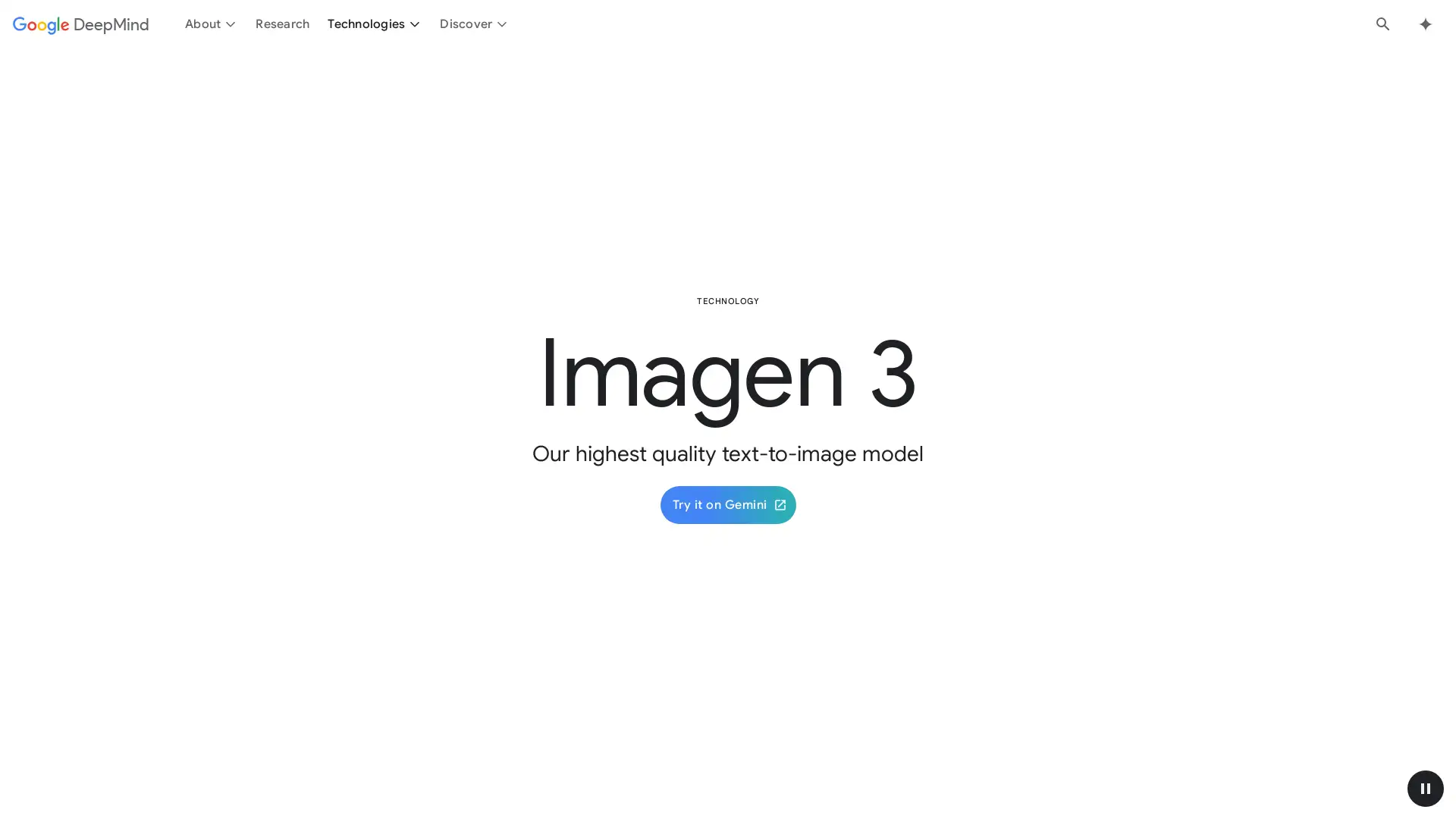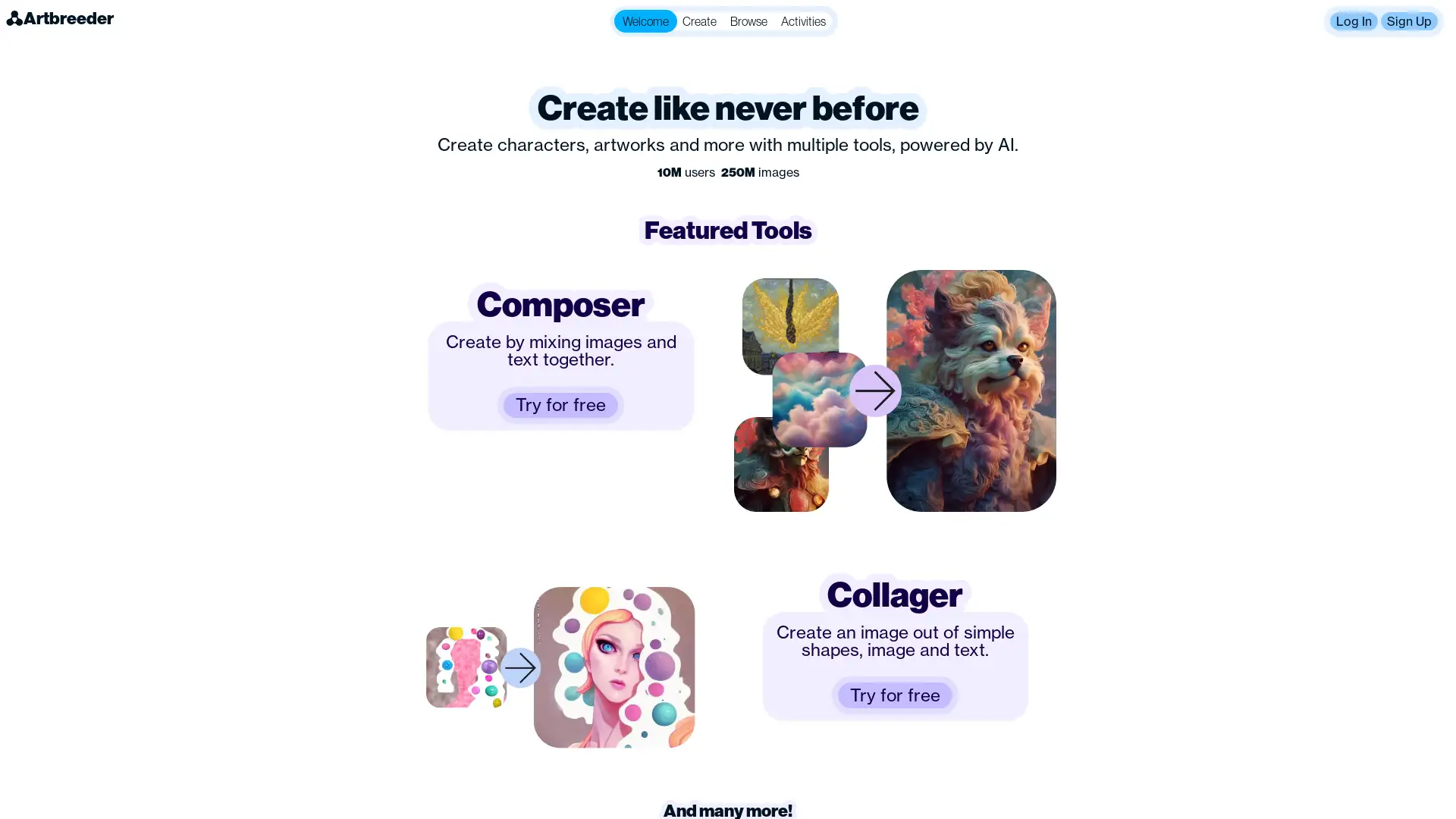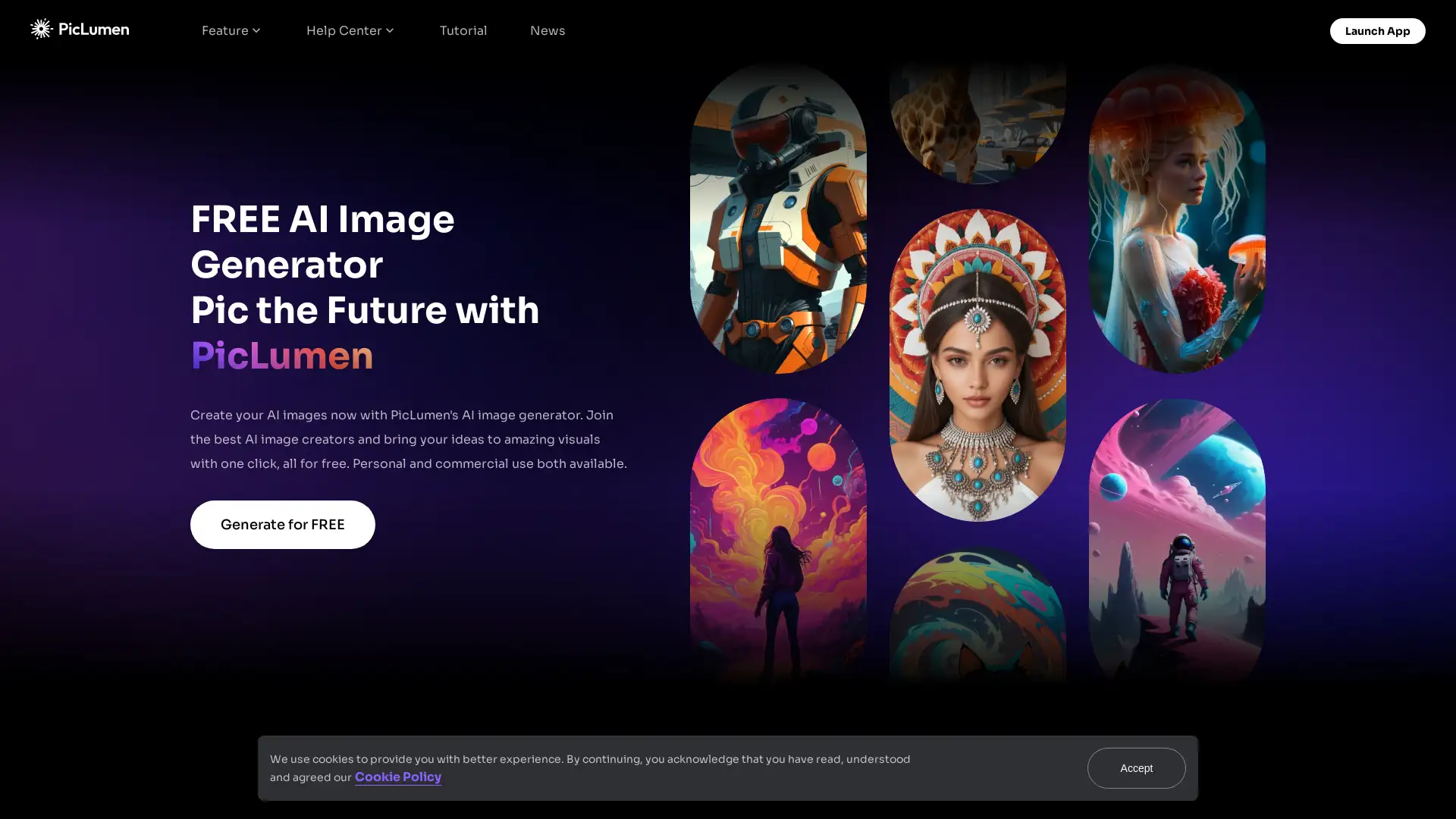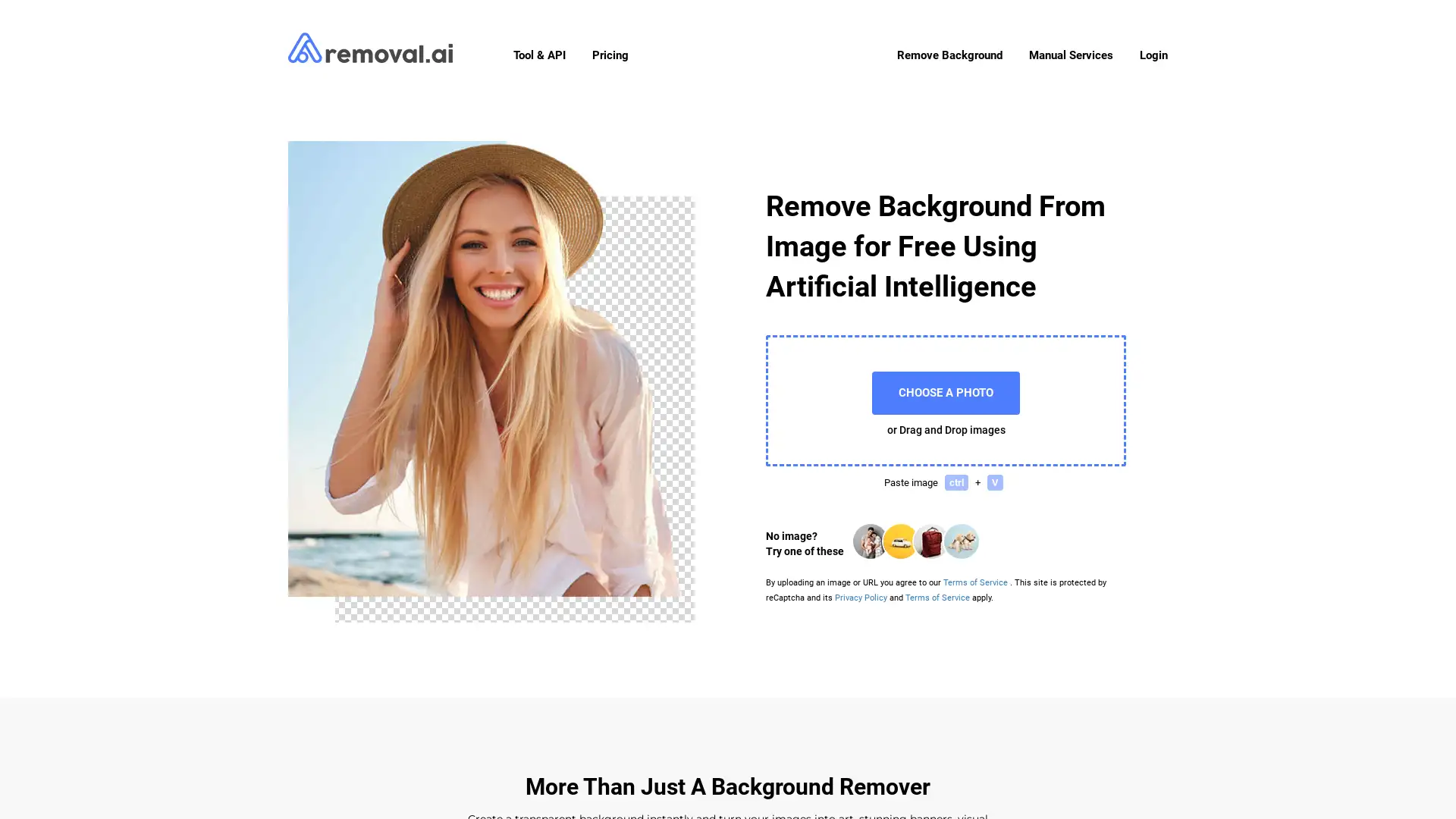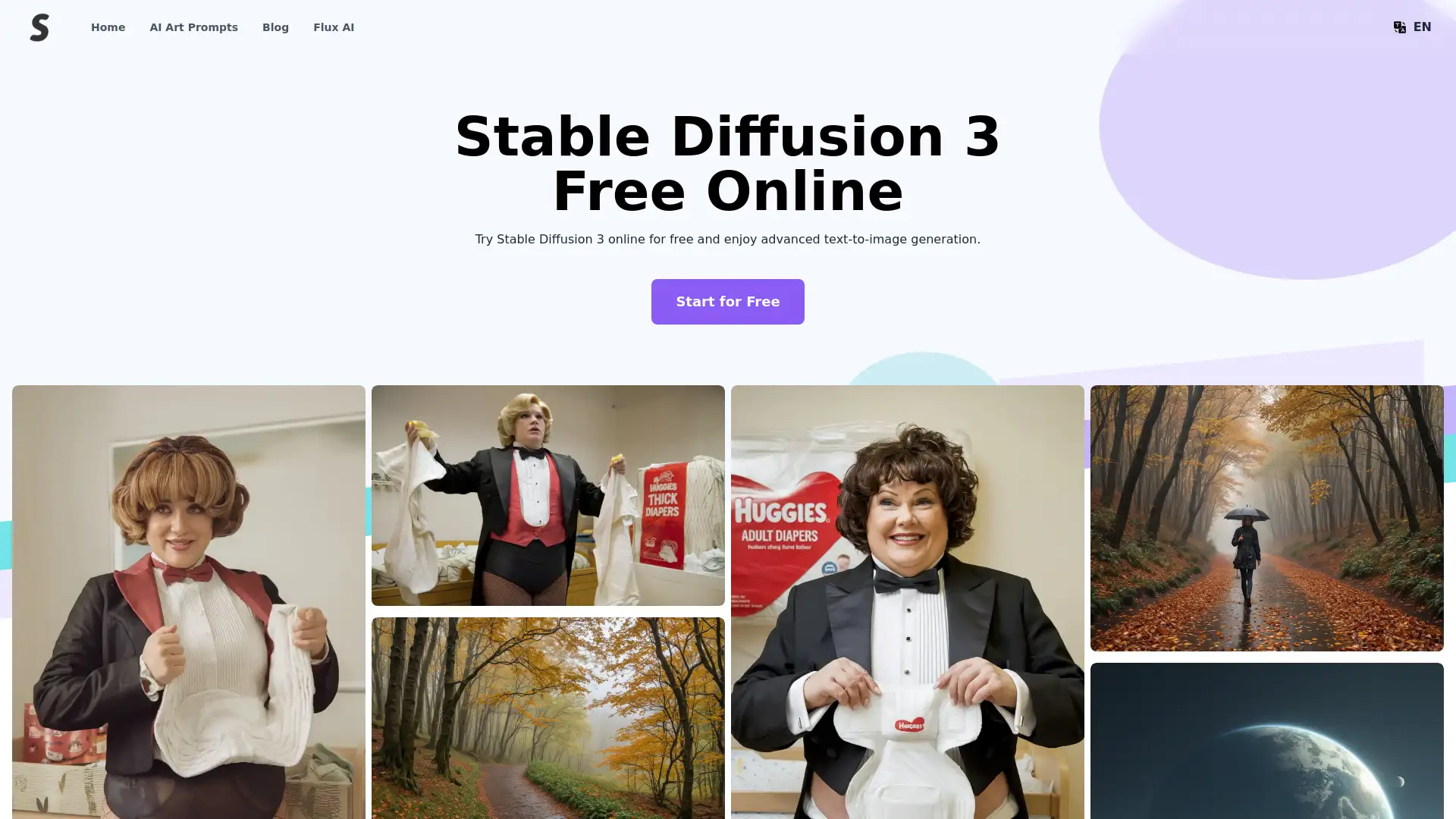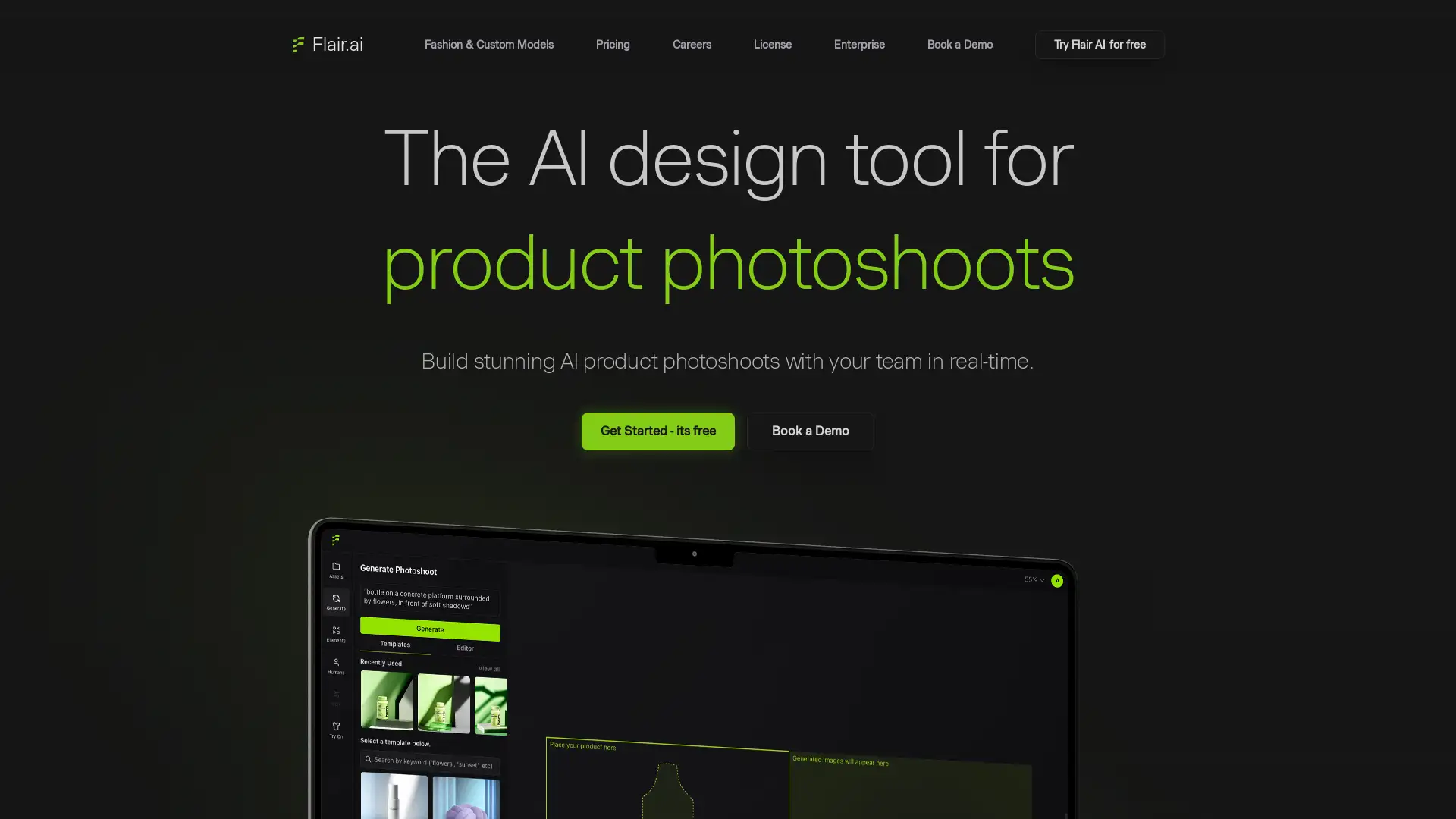Best 35 AI Tools for Creative Design in 2024
Imagen 3, Starry AI, Artbreeder AI, Dream By Wombo, Davinci AI, Art Guru AI, Piclumen, Soulgen, Removal AI, Imgcreator AI, Fluxpro Art, AI Image Generator, Mira Muse AI, Stable Diffusion Online, Stable Diffusion 3.5, Color Match AI, Flair AI, Stable Diffusion 3 Online, PNG Maker AI are among the best paid and free Creative Design tools available.
Introduction to AI Tools for Creative Design
AI tools for Creative Design are innovative platforms designed to assist in producing visually compelling content by automating and enhancing the creative process. These tools utilize artificial intelligence to generate images, artwork, and designs based on user input, such as text descriptions. Their relevance lies in their ability to democratize design, allowing individuals with varying skill levels to transform ideas into professional-grade visuals quickly and efficiently. These tools offer tailored solutions, making complex design tasks more accessible and revolutionizing creative workflows.
Key Features of AI Tools for Creative Design
AI tools for Creative Design are known for their versatility and adaptability across a broad range of applications. Core features include the ability to convert text descriptions into stunning images, advanced customization options for precise design outputs, and real-time feedback for iterative improvements. Some tools offer multi-language support, making them accessible globally, while others integrate seamlessly with design software and workflows. These platforms are powered by machine learning algorithms capable of interpreting user input and generating highly customized, professional-quality visuals.
Who Should Use AI Tools for Creative Design?
AI tools for Creative Design cater to a wide audience, including graphic designers, digital artists, marketers, and content creators. These tools are ideal for both novices with no design background, as they simplify complex design processes, and for experienced professionals seeking to accelerate their workflows and experiment with AI-generated creativity. Programmers can leverage the advanced customization options to fine-tune their outputs, while businesses can use these tools to quickly generate marketing visuals, product designs, and more.
Insights into AI-Driven Creative Solutions
AI tools for Creative Design go beyond just generating visuals; they offer intelligent, tailored solutions for a variety of creative needs. Their integration capabilities allow them to function within existing creative ecosystems, enhancing efficiency and enabling teams to collaborate more effectively. These tools also feature intuitive interfaces, providing users with real-time feedback and allowing for rapid prototyping of ideas. Their role in simplifying design tasks helps reduce overhead costs while fostering innovation in visual content creation.
